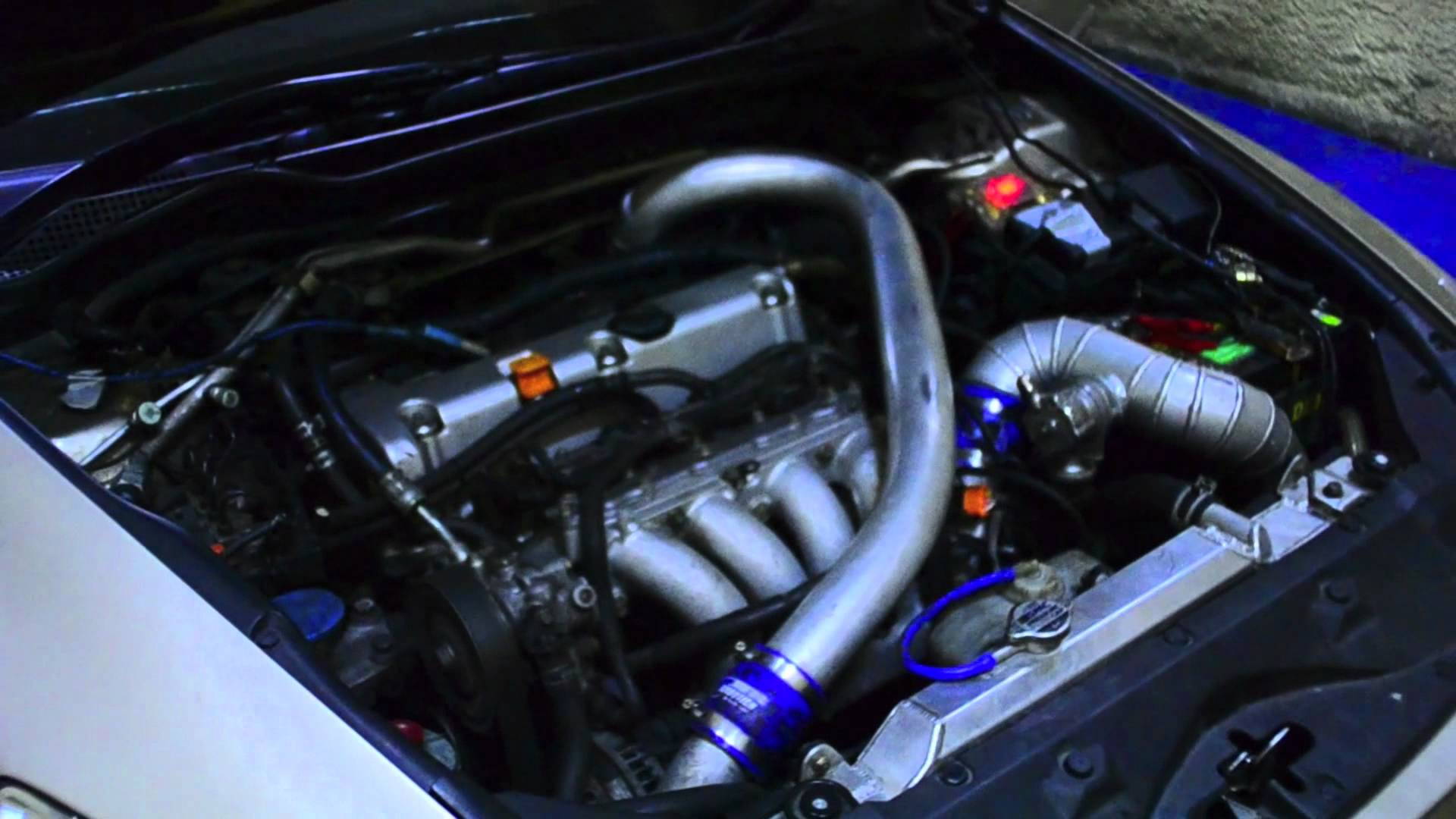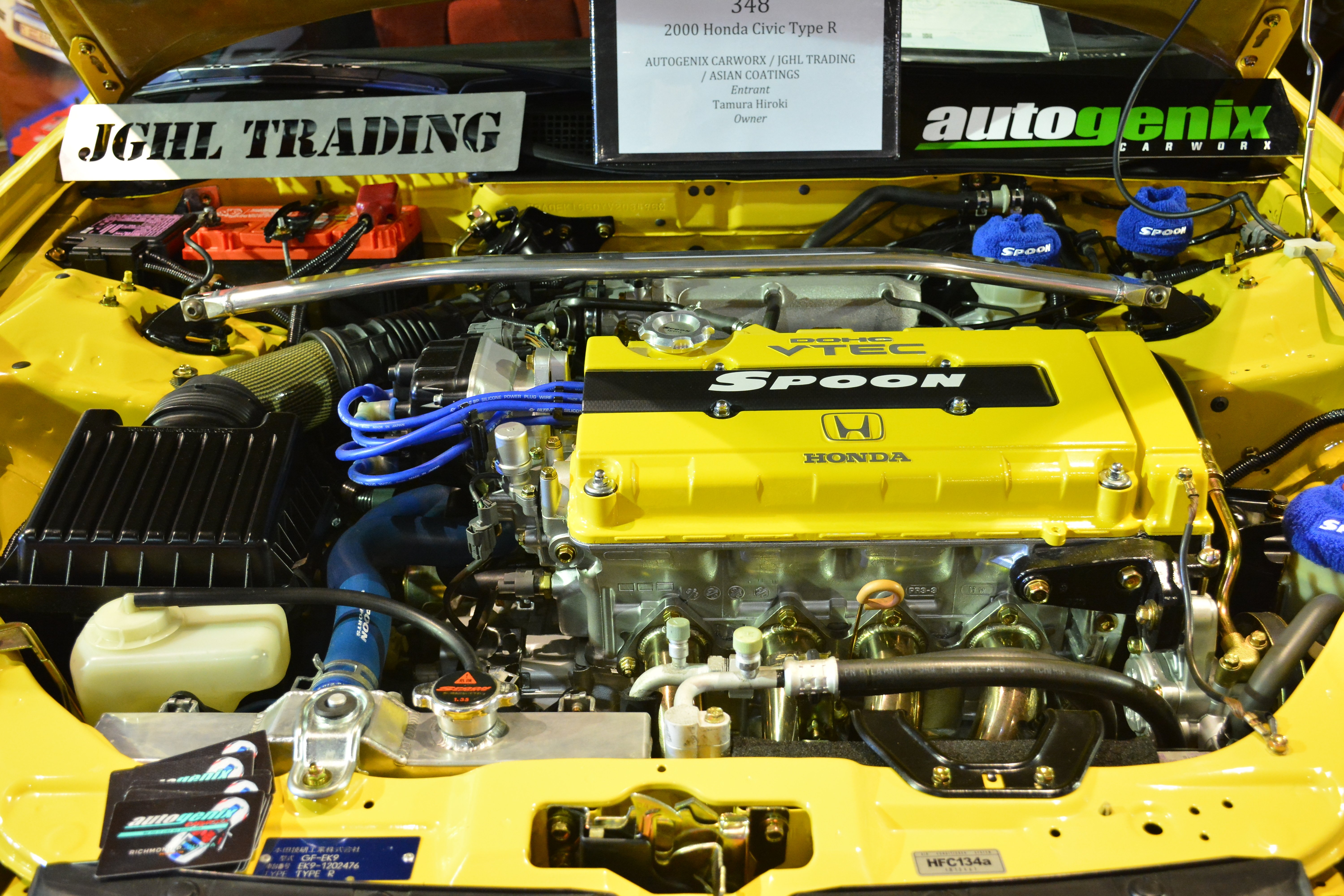What is Turbocharging and Why is it So Popular?
Turbocharging smaller displacement engines allows carmakers to meet the ever more stringent fuel economy and emissions regulations, without sacrificing performance. As a result, turbocharged engines are available from virtually every automaker in the world, and they power everything from subcompact cars to full-size pickups.
Turbocharging has also gained immense popularity with the latest generation of DIYers over the last 15 years or so. Here’s how it works and what has led to its explosion in popularity.
Turbo Boost Is Additional Oxygen
An engine’s power potential is directly linked to the density of the air it breathes. Non-turbocharged engines draw in ambient air, add a proportional amount of fuel and then burn the mixture in their cylinders. By compressing the air, a turbocharger feeds a bigger dose of oxygen to the engine, which allows for more fuel, which in turn means a bigger bang and thus more power. This allows smaller turbocharged engines to easily make the same (or more) peak power as larger-displacement non-turbocharged engines.
At sea level, ambient air pressure is 14.7 psi. If this air is compressed by a factor of 50% to 22.1 psi, the engine would, in theory at least, be capable of generating 50% more power.
In this example, the additional pressure supplied by the turbo (called “boost”) was 7.4 psi. By today’s standards, that’s a piddling amount of boost for a turbo gasoline engine. Modern turbocharged engines like 2.0-liter four-cylinder under the hood of the Honda Civic Type R develop upwards of 25 psi of boost pressure.

How Turbocharging Works
A turbo is bolted to the engine’s exhaust manifold and driven by exhaust gases that would otherwise be dumped out the tailpipe as heat. The exhaust gases drive a turbine wheel inside a snail-shaped steel housing that is directly connected to a similar-looking compressor wheel that draws in ambient air through the engine's air filter.
Spinning incredibly fast, the compressor increases the pressure of the fresh air feeding the engine. Turbocharger shaft speeds of upwards of 250,000 rpm are not uncommon.
After the air is compressed, it is routed through an intercooler to reduce its temperature before entering the engine’s intake manifold and then its cylinders. The lower air temperature provided by the intercooler further increases its density and helps improve the engine’s resistance to harmful detonation (engine knock).
Turbo Kits for the DIYer
It is possible to add a turbo and triple digit power to your engine, but it isn’t exactly an inexpensive upgrade. This is also a job better suited to experienced DIYers, who are bolting aftermarket turbo kits on everything from Mustangs and Miatas to pickups, classics and supercars like the Audi R8.
These kits vary in execution and completeness, but typically include the turbocharger, a custom exhaust manifold and downpipe, often (but not always) an intercooler and all the necessary tubing, couplers, clamps, hoses, fittings, etc.
The turbo and other hardware take care of supplying more air to the engine. Getting the boost to play safely with the engine almost always requires some kind of engine control equipment to go with it. Unless the kit is only a low-boost affair, additional fueling capability will also be needed. Some kits include larger fuel injectors to replace the stock injectors and a higher-flowing fuel pump, which might also be required. This complexity is why experience is beneficial.
The ignition timing and injector operation needs to be revised when operating under boost. These are handled by a piggyback engine control unit or a reflashed ECU which provides revised fuel and ignition instructions to the engine. When turbocharging a car, adding a larger-bore exhaust that reduces backpressure also is a great way to improve the kit’s performance.
Prices vary widely. A “bare-bones” kit for a four-cylinder engine can cost as little as $1,500 or so. A high-end, fully featured twin-turbo kit for a V8? The sky’s the limit. These conversions can run deep in the five digits.

Turbocharging does add considerable cost and complexity to any vehicle, but the payoff is its incredible efficiency and ability to make huge power. The popularity of turbocharging will only continue to grow both on the showroom floor and with home mechanics looking to boost the horsepower of their next project.
More questions? Ask one of our verified Tinker Experts 👇



